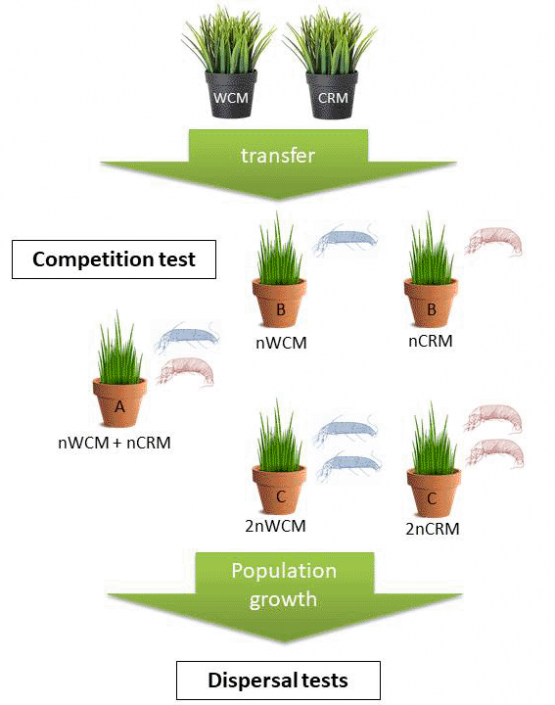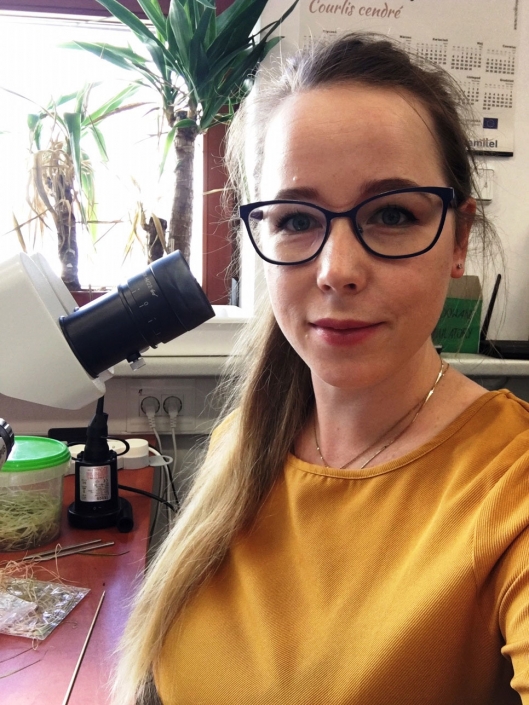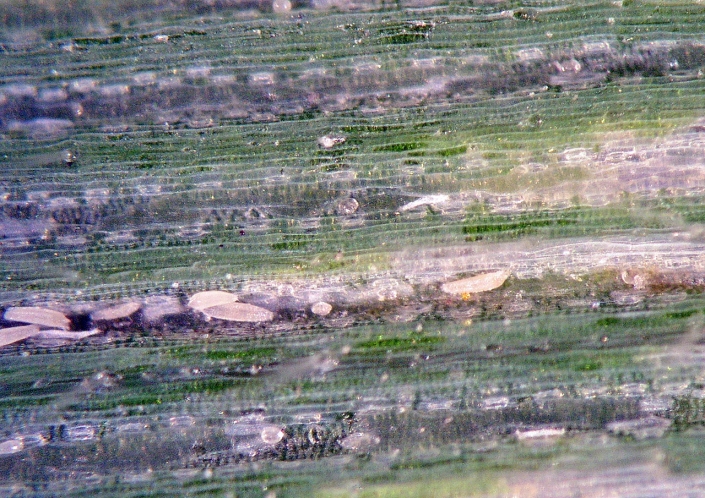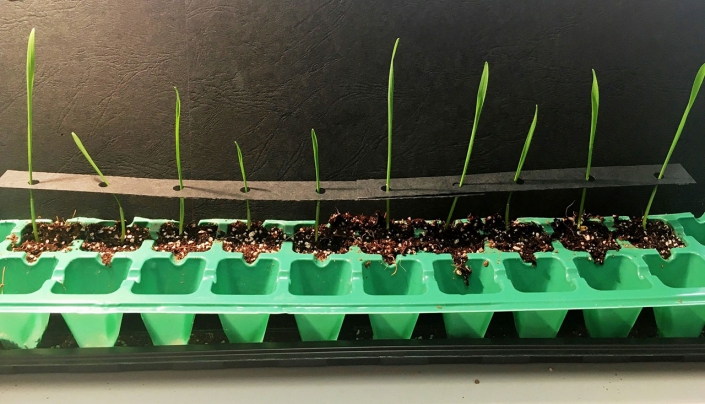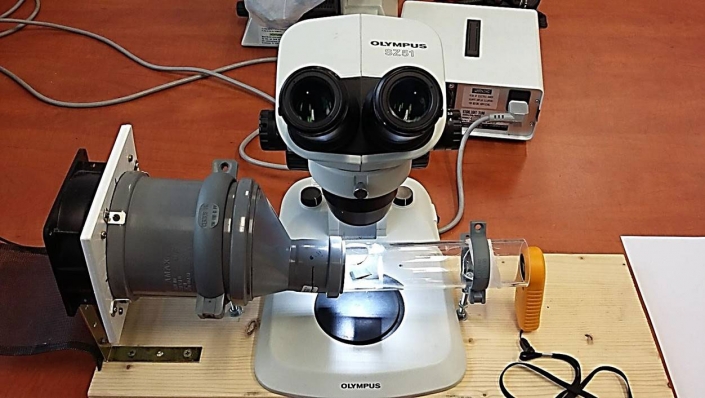Competition-dispersal trade-off in phytophagous mites
Funding: National Science Centre grant no. 2019/35/N/NZ8/02639
PI: Agnieszka Majer
Supervisor: Anna Skoracka
Co-investigators: Lechosław Kuczyński, Anna Radwańska, Kamila Karpicka-Ignatowska
Description: One of the most intriguing questions in ecology is how similar species, which live in the same environment, can coexist without excluding each other through competition. One of the explanations of coexistence of similar species is the competition-dispersal (CD) trade-off hypothesis. Its principal assumption is that coexistence of competing species is possible when the species that are strong competitors are weak dispersers and, because of that, they do not reach all the available areas, leaving free patches for inferior competitors characterised by better dispersal abilities. This project aims to investigate the competition-dispersal trade-off hypothesis by experimental testing of the link between the competition of two phytophagous mite species, their colonisation potential, and dispersal abilities, measured as dispersal rate and dispersal distance using obligatory plant-feeding eriophyoid mites: Aceria tosichella (wheat curl mite, WCM) and Abacarus hystrix (cereal rust mite, CRM). The following questions will be answered: (i) Do WCM and CRM compete for resources? (ii) Do WCM and CRM differ in their colonisation abilities? (iii) How does the coexistence of WCM and CRM influence their active and passive dispersal?

